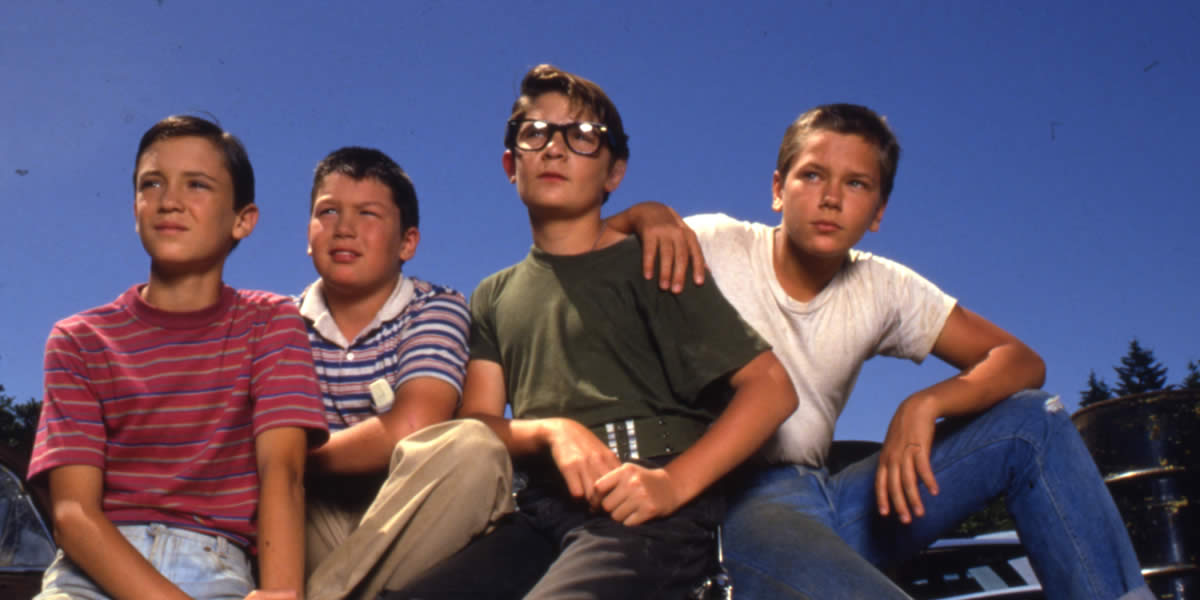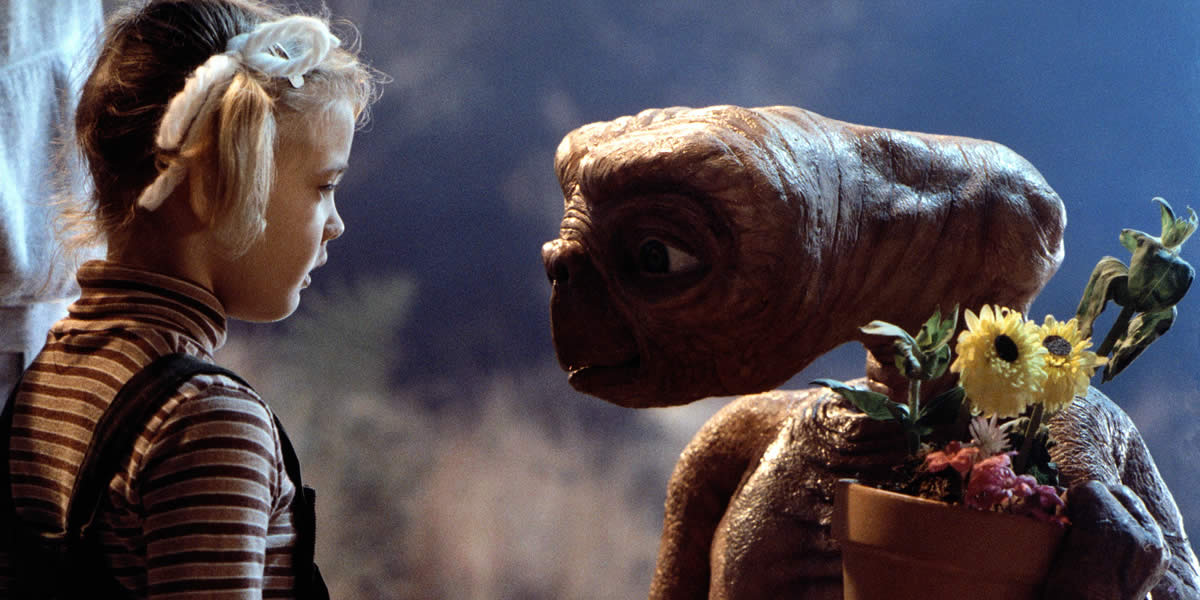Paula Abdul was a dancer, choreographer, and singer, who emerged as one of the most influential pop icons of 80s music after being discovered by Janet Jackson.
Known for her infectious energy, innovative dance routines, and chart-topping hits, Paula Abdul rose to prominence during the early 80s, after being discovered by the Jacksons during an LA Lakers basketball game. At the time, she was working as a cheerleader, and Janet Jackson needed her choreographic skills for an upcoming album. Unlike other pop icons of 80s music, Paula Abdul actually started in the business as a choreographer rather than a singer.
How Paula Abdul Became a Pop Icon of 80s Music
After seeing Paula Abdul’s choreography during an LA Lakers game back in 1982, Janet Jackson signed her up as a choreographer to help with the production of Torture. At the time, she wasn’t quite sure how to take the opportunity because she was being asked to tell the Jacksons how to dance. Nevertheless, her efforts were successful and helped with the production of future songs like What Have You Done for Me Lately, Nasty, and Control.
Paula Abdul saved most of the money that she had made working as a choreographer for the Jacksons, and in 1987 was able to produce her own single using that money. As a dancer, she was amazing, but she was untrained when it came to singing. Nevertheless, due to her association with the Jacksons, she was able to sign a contract with Virgin Records who likewise helped her with her vocals. And, in 1988, Paul Abdul released her debut album.

Paula Abdul’s Rise to Stardom in 80s Music
The 80s were a time of tremendous change both culturally and technologically. The decade saw the rise of MTV, which completely transformed the way that music was consumed and marketed. Music videos were an essential tool for any artist to showcase their talent and to connect with audiences around the globe. It also marked the birth and explosion of pop music, with big-name artists like Madonna, Michael Jackson, and Prince dominating the pop charts.
It was during this period of time that Paul Abdul’s career as a choreographer began to flourish. Her talents helped Janet Jackson market several amazing videos on MTV and gave her the connections she needed to become a star in her own right. She was able to ride the wave of the 80s music video revolution into pop stardom. Her dance-driven style was perfectly suited for the video landscape.
The Rise of Pop in 80s Music
If it weren’t for MTV, pop music would not be the same today. The use of music videos as a marketing medium helped give rise to the dance subculture as well as female empowerment throughout the decade.
The Dance Subculture of 80s Music
Perhaps one of the biggest contributions that Paul Abdul gave to the 80s music industry, was the creation of the dance subculture. By using her skills as a choreographer, she was able to bring some of the most energetic dance routines imaginable. She contributed to the success of Janet Jackson’s iconic Rhythm Nation and Control albums before she released her own debut album.
Her unique style of blending jazz, hip-hop, and street dance, was I perfect fit for the 80s. Not only did she help Janet Jackson’s songs to become instant classics, but she also built a reputation for integrating dance as an essential part of pop music performances.
And, does it dance skills took center stage when she released her debut album. In the music videos for Straight Up and Cold Hearted, she was able to future her intricate choreography alongside her visual storytelling. This helped to cement the importance of dance in the 80s pop scene, and, to create the dance subculture of 80s music.
80s Music and the Integration of Visual and Musical Storytelling
Without MTV, Paul Abdul would never have been able to rise to fame as quickly as she did. It’s important to remember that music videos became an important part of every song that made it to the top of the charts during the 80s. The best way to improve a song’s standing on the Billboard was to provide the world with an awe-inspiring music video. And, Paula Abdul understood this, which is why she used her skills as a choreographer to tell her stories through dance rather than relying on the lyrics alone.
Of course, who couldn’t forget her popular video Opposites Attract which had her dancing alongside a cartoon character? The use of MC Skat Kat was a prime example of how her form of dance storytelling could change the way that music was consumed. And, as a result, she won several awards including a Grammy for Best Short Form Music Video. By merging animation and live-action, Paula Abdul showed that music videos could be a platform for innovation and playful creativity. Her work during the 80s helped to influence the future of music video production.
The Rise of Female Empowerment in 80s Music
It’s important to remember that during the 80s the pop industry was mostly male dominated. Paula was one of the few women in the industry, which made her a symbol of female empowerment and individuality. With the help of her music, choreography, and personal style, she conveyed a message to the world of independence and self-confidence. She presented a strong, assertive female perspective, that resonated with young women across the country.
Thanks to success as a choreographer and as a solo artist, she paved the way for other women in the entertainment industry. She took full control over her image and sound, and thus set an example for females artists to follow in the future. And, her willingness to break boundaries whether in dance, music, or visual presentation, made her a trailblazer and role model for future generations.

The People Who Helped Paul Abdul’s Rise to Stardom
While Paula Abdul was an influential figure on her own, her rise to stardom would not have happened had it not been for Janet Jackson. It’s important to remember that Jackson had seen her performing as a Lakers Girl back in 82 and hired her to be the choreographer for several albums. The two worked together for half of a decade before she ever released her debut album.
Her work as a choreographer also helped her to collaborate with other big-name stars like George Michael and Prince. This solidified her status as a key player in the 80s entertainment landscape. And, the collaborations allowed her to push the boundaries of pop music and create a name for herself. It is through these efforts that she was able to save up enough money to produce her very first single and land a contract with Virgin Records.
The Legacy of Paul Abdul
Paul Abdul’s legacy continues today. She played a very pivotal role in shaping the way that music videos were produced and introduced choreography as an essential component of visual storytelling. Her dance routines became iconic symbols of the 80s, and helped to elevate the status of dance within the music industry. Her influence and pop music helped future artists like Britney Spears, Jennifer Lopez, and Beyoncé, who all cited Abdul as their inspiration. And, thanks to her role as a judge on American Idol, she introduced herself to an entire new generation of fans.
Conclusion
Without question, Paul Abdul’s contributions to 80s pop culture extended well beyond the music. She helped to redefine an entire era through her dance style. Her innovative approach to visual storytelling and her skills as a choreographer helped to create the 80s dance subculture and reshape the way that people experienced 80s music. Today, her legacy continues to shape pop culture and influence the way that artists tell their stories through dance.





